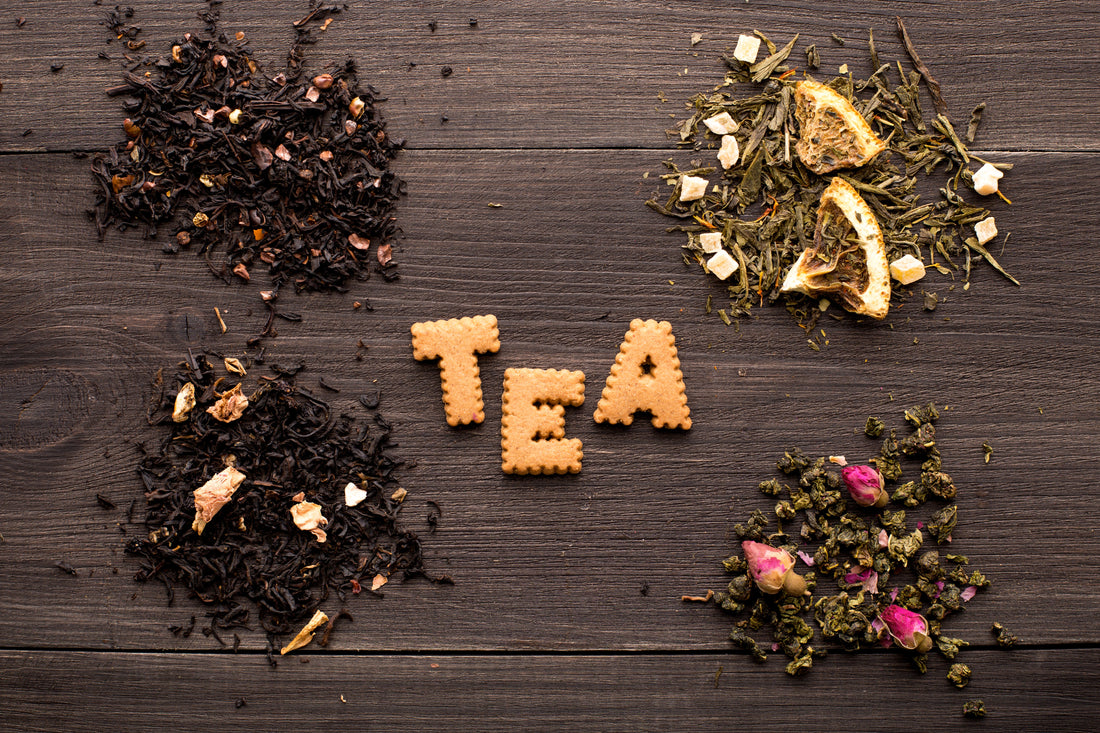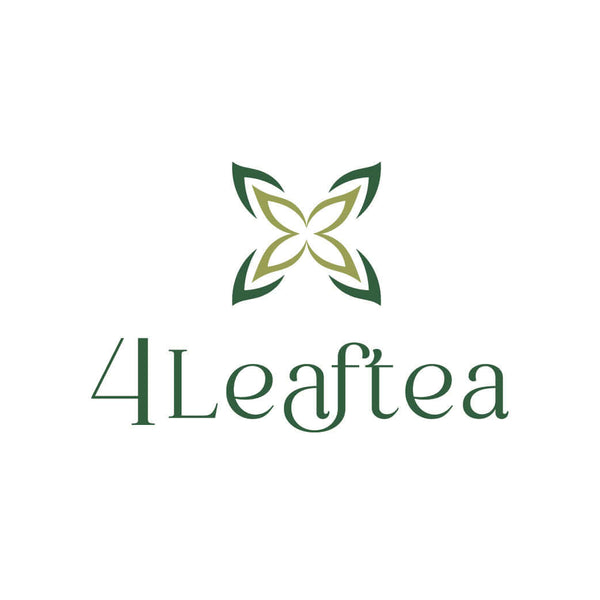
Teas in the Modern Era
Tea is more than just a drink; it is a cultural phenomenon that has evolved across centuries and continents. From its ancient origins in China to its status as one of the most widely consumed beverages globally, tea has undergone remarkable transformations. Today, in the modern era, the way we enjoy tea has changed significantly, reflecting shifting tastes, health consciousness, and technological advancements. This article delves into how tea has adapted to the modern world, from innovative brewing methods to the rise of new tea trends and the growing popularity of health-focused varieties.
The Global Tea Market and Changing Preferences
In the modern era, the global tea market has become a diverse and dynamic industry, reflecting the shifting preferences of consumers. While traditional tea varieties such as black, green, and white tea remain popular, there has been a significant rise in specialty teas and new blends.
The 21st century has brought with it an explosion of options for tea drinkers, and the ways people consume tea have changed dramatically. The rise of artisanal teas, organic teas, and exotic blends that combine herbs, fruits, and flowers with traditional tea leaves has broadened the spectrum of choices available to consumers. In addition, more people are seeking high-quality, single-origin teas, driven by a desire for transparency about where their products come from and how they are produced. There is also an increasing preference for sustainably sourced and ethically produced teas, with many brands focusing on fair trade practices and environmentally friendly production methods.
The growing demand for convenience has also altered the tea-drinking experience. While loose-leaf tea and tea ceremonies still hold appeal for purists, the modern era has witnessed the proliferation of ready-to-drink bottled teas, tea bags, and tea pods, making tea consumption faster and more accessible. Innovations in packaging, such as pyramid-shaped tea bags and eco-friendly alternatives to plastic, reflect both consumer preferences for convenience and growing environmental concerns.
Health and Wellness: The Rise of Functional Teas
One of the most notable trends in modern tea consumption is the growing focus on health and wellness. Over the past few decades, scientific research has highlighted the numerous health benefits of tea, ranging from boosting the immune system to improving heart health. As a result, more people are turning to tea not just for its flavor, but for its health-promoting properties. This has led to the rise of functional teas—blends specifically designed to offer health benefits, whether that’s improved digestion, stress relief, or energy.
Green tea, long praised for its high antioxidant content, continues to be a popular choice for health-conscious individuals. Similarly, matcha—a powdered form of green tea—has taken the wellness world by storm, thanks to its superior concentration of antioxidants and the presence of L-theanine, which promotes calm and focus. Matcha has become a staple in everything from lattes to smoothies, and its vibrant green color and health benefits have made it a favorite among both tea enthusiasts and the fitness community.
Herbal teas, too, have gained tremendous popularity, with varieties such as chamomile, ginger, and peppermint being consumed for their soothing and therapeutic effects. More specialized blends—such as turmeric tea, detox teas, and teas infused with adaptogens—are also gaining traction. Adaptogens, like ashwagandha or ginseng, are herbs that help the body manage stress and balance hormones, making them a key ingredient in modern functional tea blends.
Furthermore, the trend of blending tea with other superfoods is rising. For instance, tea infused with ingredients like hibiscus, turmeric, and spirulina offers added health benefits beyond what traditional teas can provide. This fusion of traditional and modern ingredients represents the continued evolution of tea in the modern era, catering to consumers who are increasingly mindful of their well-being.
Tea and Technology: Changing the Way We Brew
While tea’s basic brewing principles have remained largely unchanged for centuries, technology is playing a greater role in how we prepare and enjoy tea today. Smart teapots and kettles, with built-in temperature controls and timers, have revolutionized the tea-making process. These devices ensure that tea is brewed at the perfect temperature for optimal flavor extraction, which is especially important for delicate teas like white tea and green tea.
In addition, the rise of online platforms and subscription services has changed how people buy tea. With just a few clicks, consumers can access a global marketplace of teas, ranging from rare and premium blends to everyday favorites. This has allowed tea drinkers to explore new varieties, sample different regions, and discover small-batch producers from around the world. Subscription boxes, which offer curated selections of teas delivered monthly, have become increasingly popular, offering tea lovers an exciting and convenient way to try new flavors and blends.
Moreover, digital resources like apps and websites dedicated to tea education have emerged, helping consumers deepen their knowledge of tea types, brewing methods, and health benefits. Tea enthusiasts can now access information at their fingertips, whether they’re seeking the perfect steeping time or looking to explore new tea trends. This information-driven approach to tea culture has led to a more informed and engaged global tea community.
The Growth of Iced Tea and Ready-to-Drink Options
In the modern era, the convenience of ready-to-drink (RTD) teas and iced teas has contributed to a significant shift in the way tea is consumed, especially in Western markets. The global popularity of iced tea has soared, particularly in warmer climates and during the summer months. Traditional bottled iced teas, made from black or green tea, continue to be a staple in grocery stores, but the market has expanded to include a variety of flavored iced teas, kombucha-based teas, and even cold-brewed teas.
Ready-to-drink tea products are not only a convenience for busy consumers but are also part of the broader trend toward healthier beverage choices. Many iced teas are now offered with reduced sugar content, making them a more appealing alternative to sugary sodas and juices. Additionally, the demand for organic and functional RTD teas has grown, with many brands offering options with added probiotics, antioxidants, and other health-promoting ingredients.
The rise of "tea cocktails" has also emerged as a creative way to blend tea with alcohol. By combining premium teas like Earl Grey, jasmine, or oolong with spirits, bartenders have created innovative drinks that offer a refreshing twist on traditional cocktails. This fusion of tea and mixology speaks to the versatility of tea in the modern era, transcending its traditional status as a non-alcoholic beverage.
The Future of Tea in the Modern World
As the tea industry continues to evolve, the future of tea looks promising. The modern era has seen a significant rise in the popularity of high-quality, ethically sourced, and health-conscious teas. With the increasing demand for functional beverages and sustainable practices, the tea industry will likely continue to innovate, blending traditional techniques with modern technology and consumer trends.
The ongoing interest in wellness, environmental consciousness, and global exploration of tea cultures will shape the next generation of tea experiences. Whether it’s through new blends, advanced brewing methods, or a deeper appreciation for the cultural significance of tea, one thing is certain: tea will remain a cornerstone of modern life, continually adapting to the tastes and values of the times.
Conclusion
Tea in the modern era is far more than just a beverage; it’s a symbol of tradition, health, and innovation. From the rise of functional teas to the growing influence of technology on the brewing process, the world of tea has expanded and diversified to meet the needs of today’s global consumers. As tea continues to evolve, it will remain a drink that not only nourishes the body but also connects people to the rich history and culture that has made it a beloved part of daily life for millennia.
